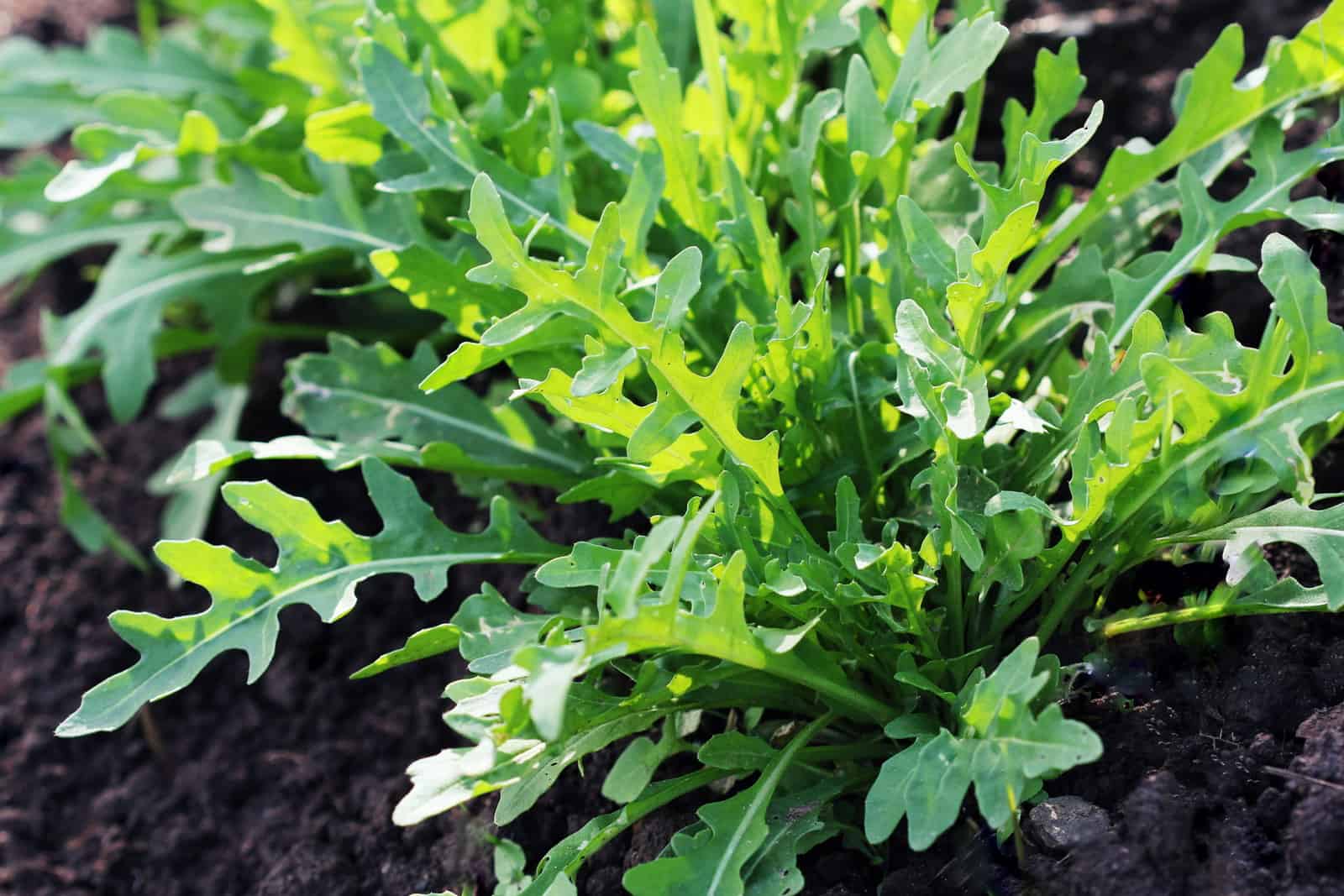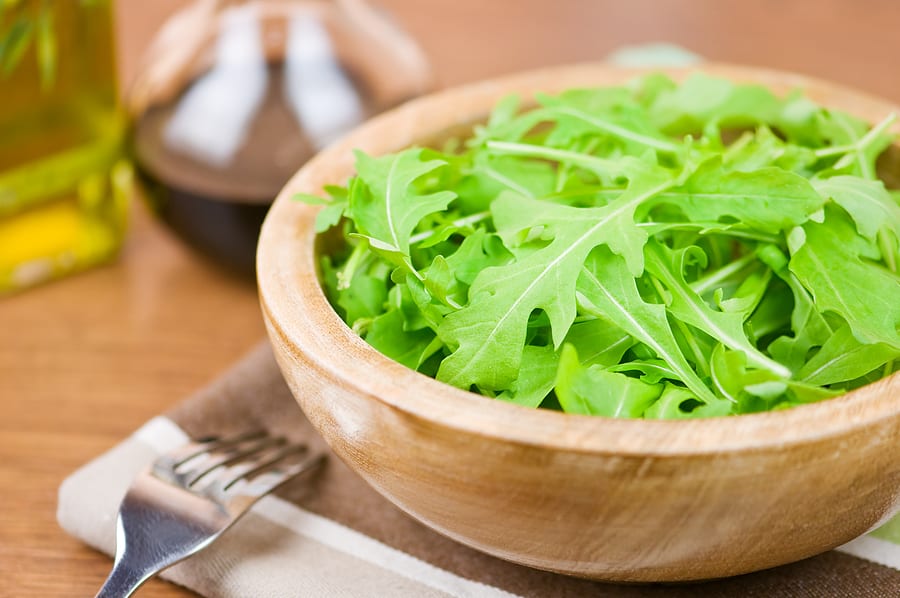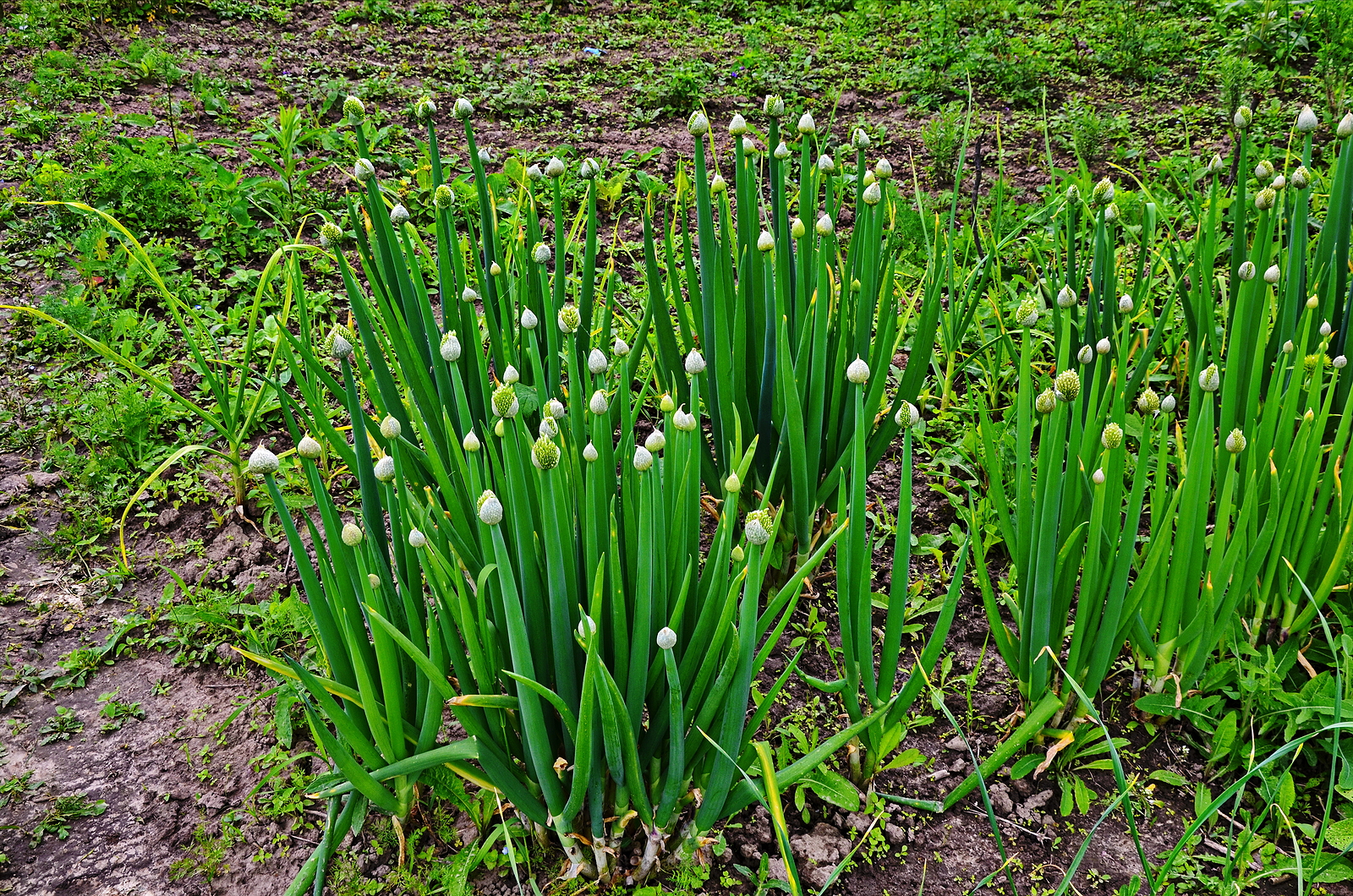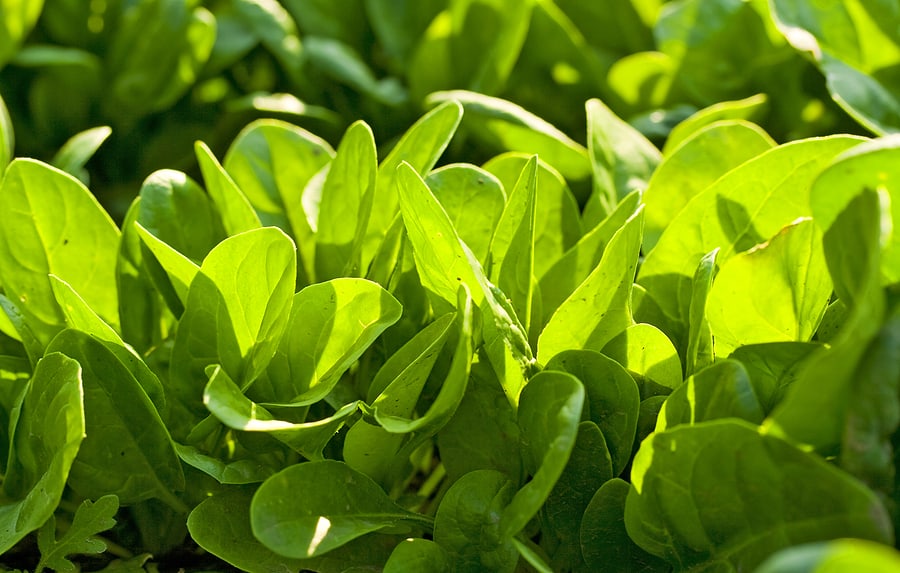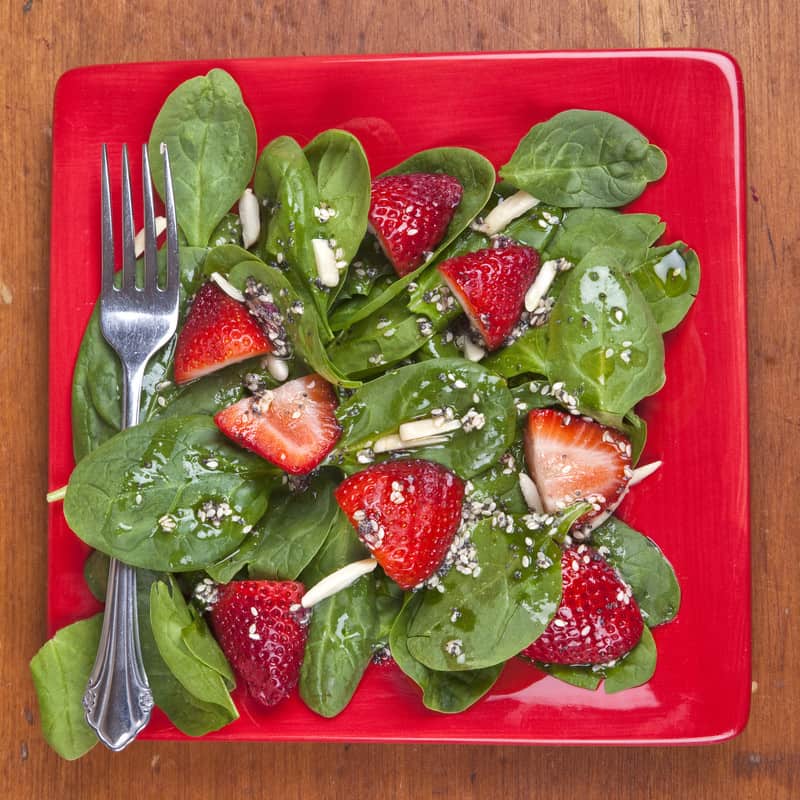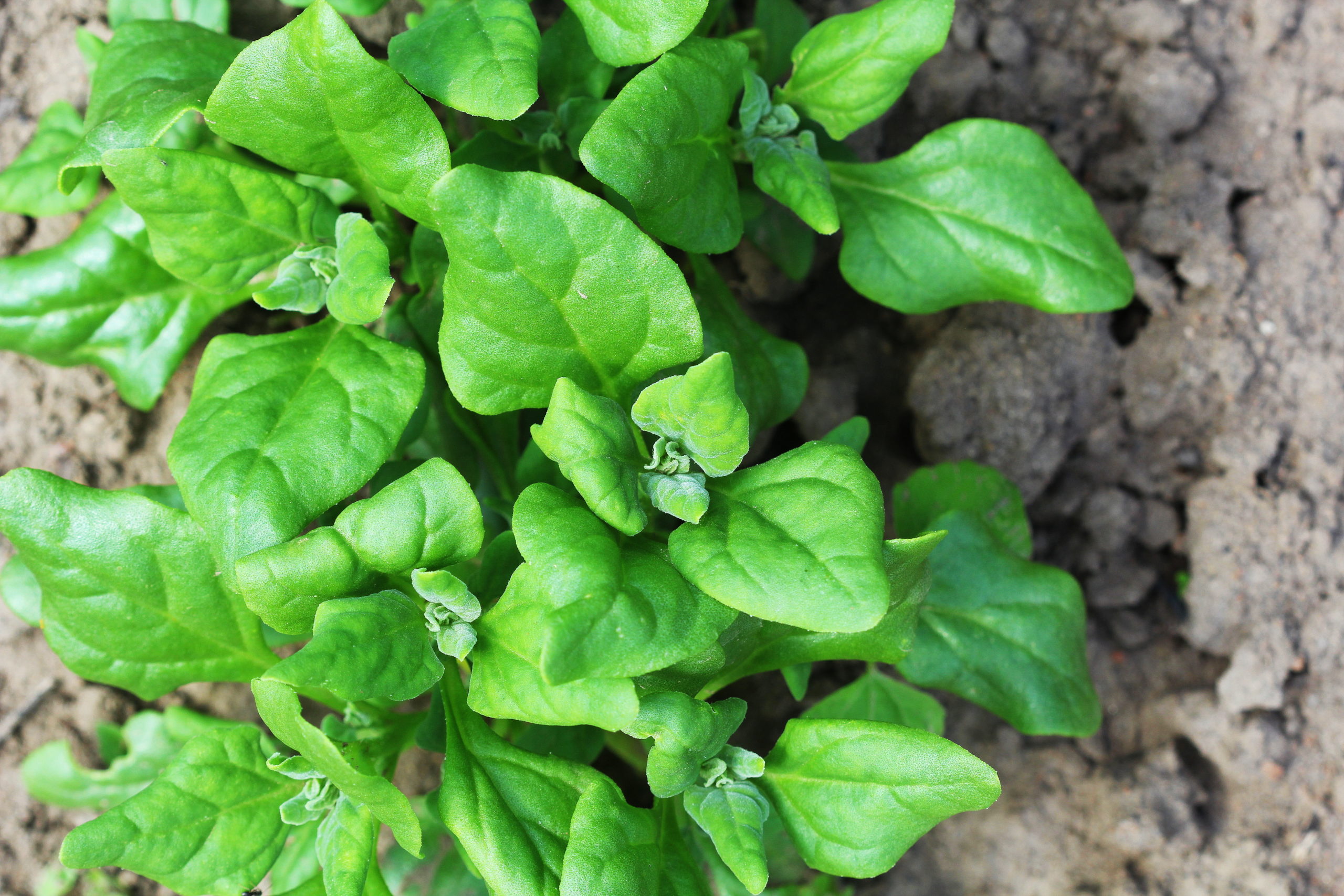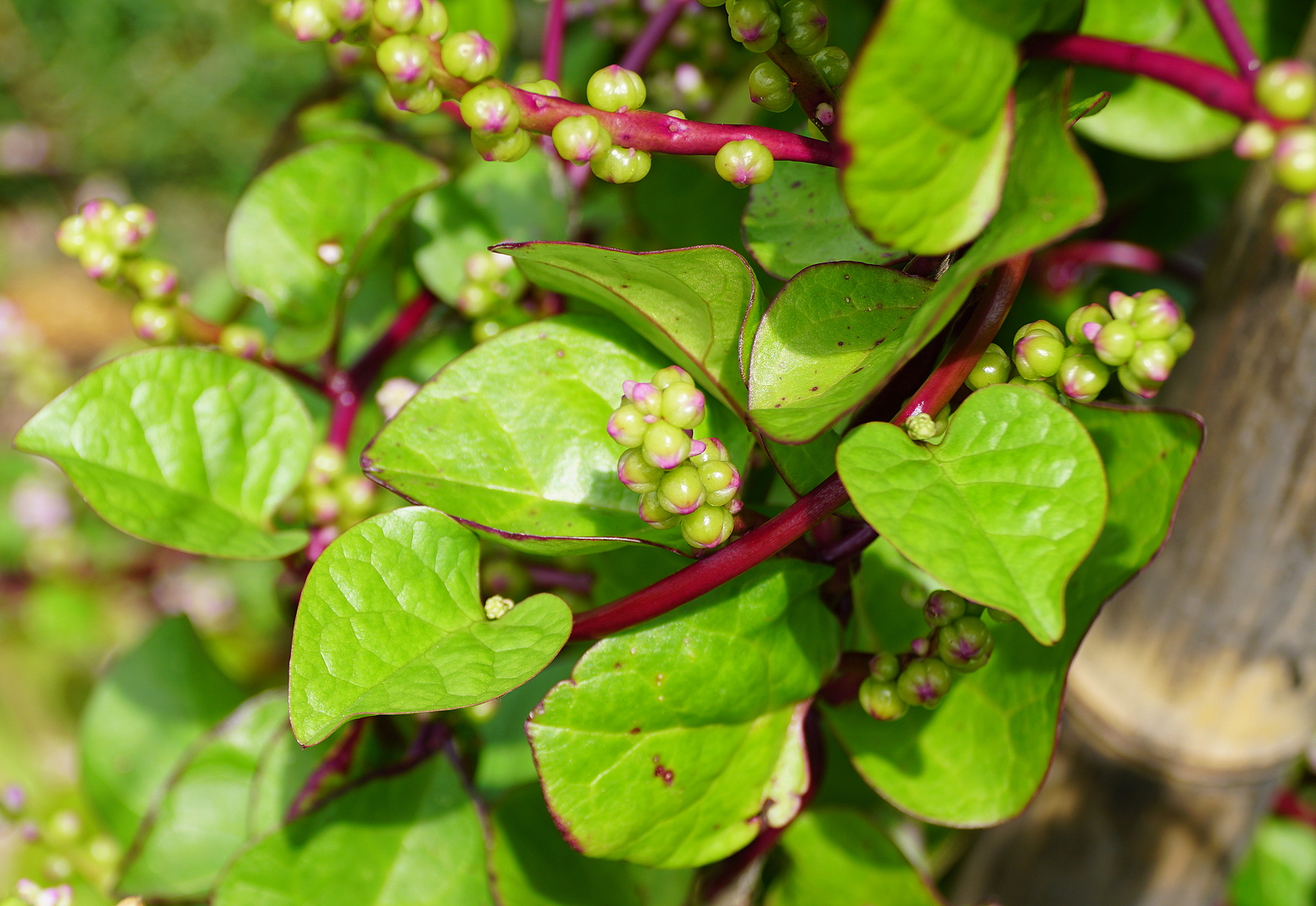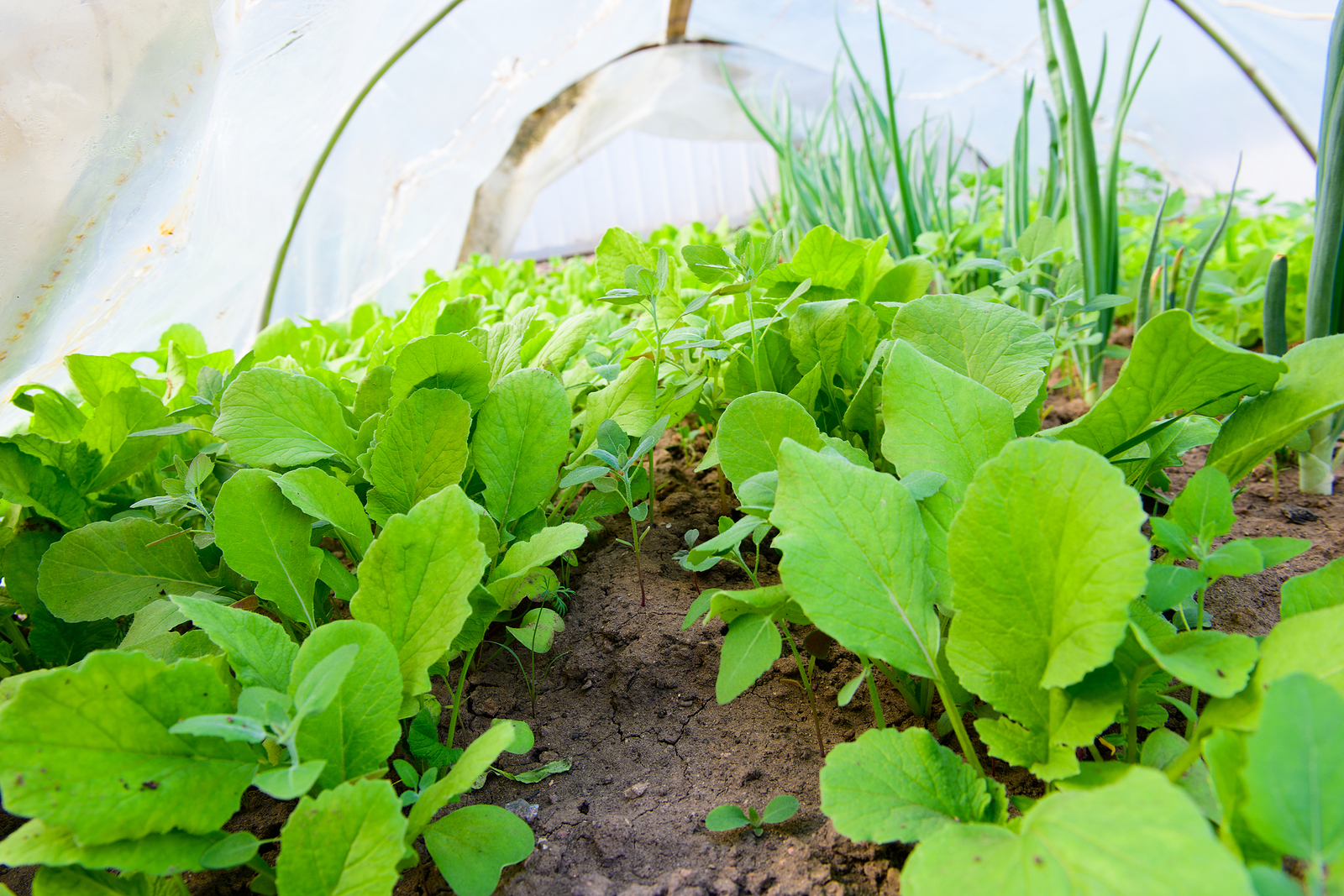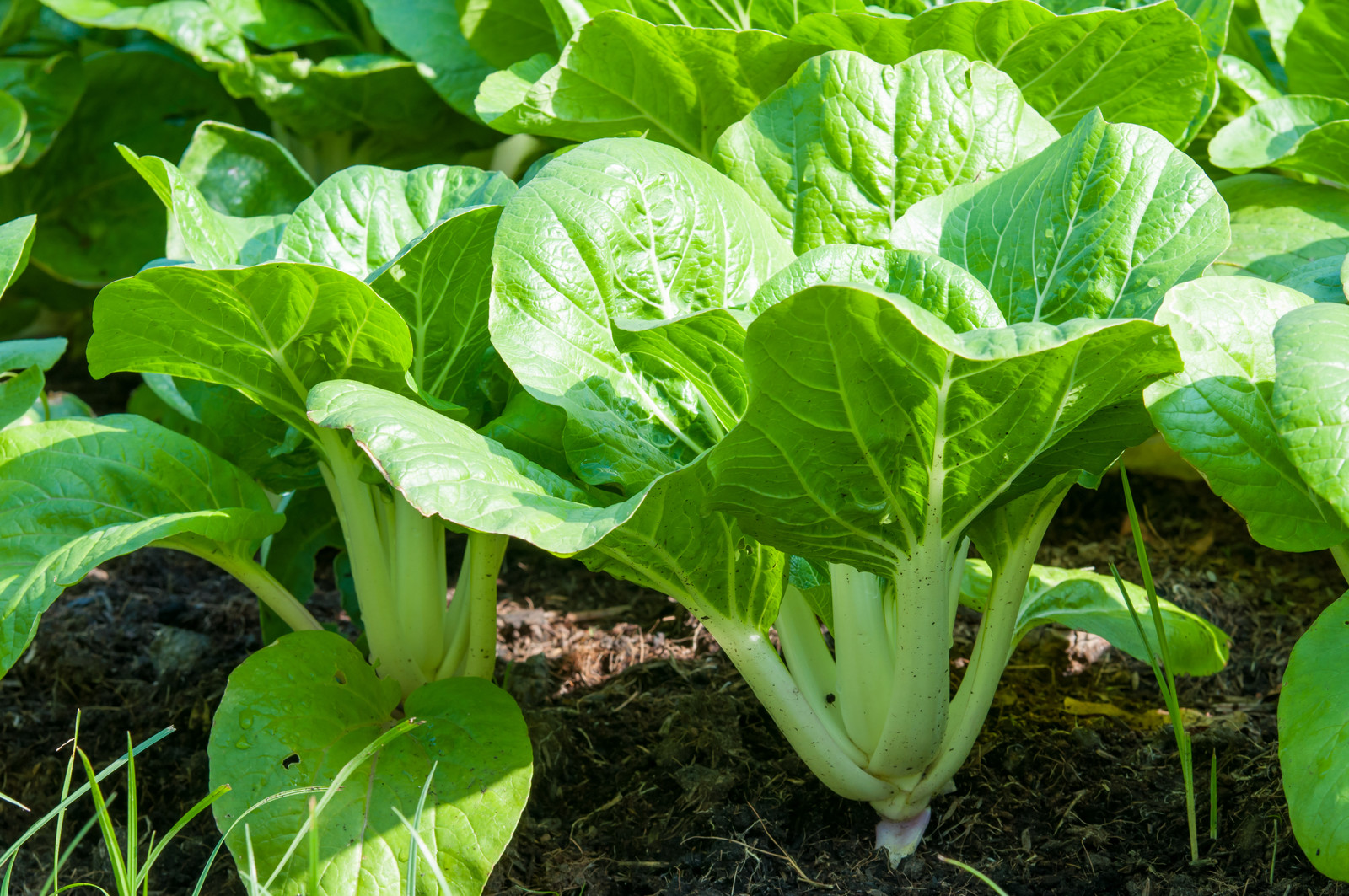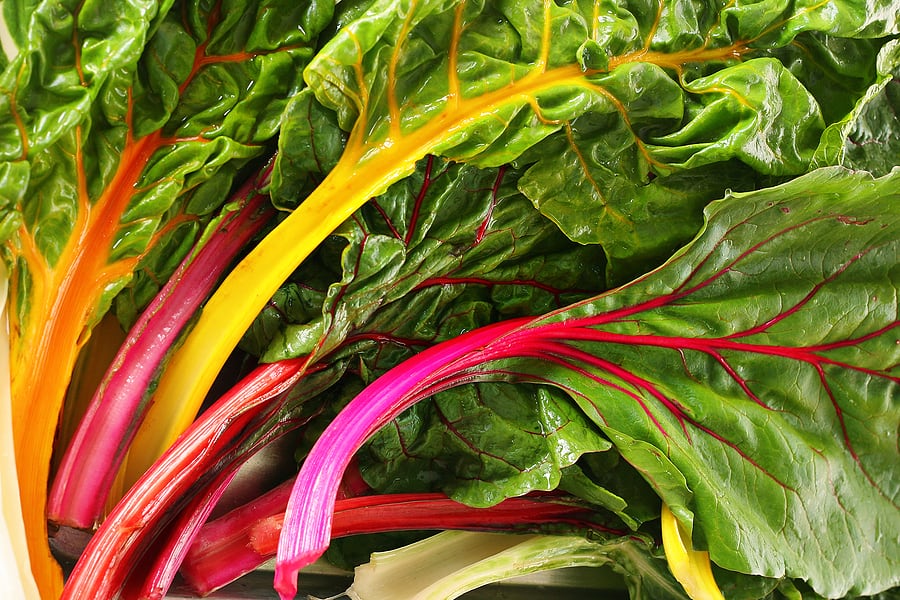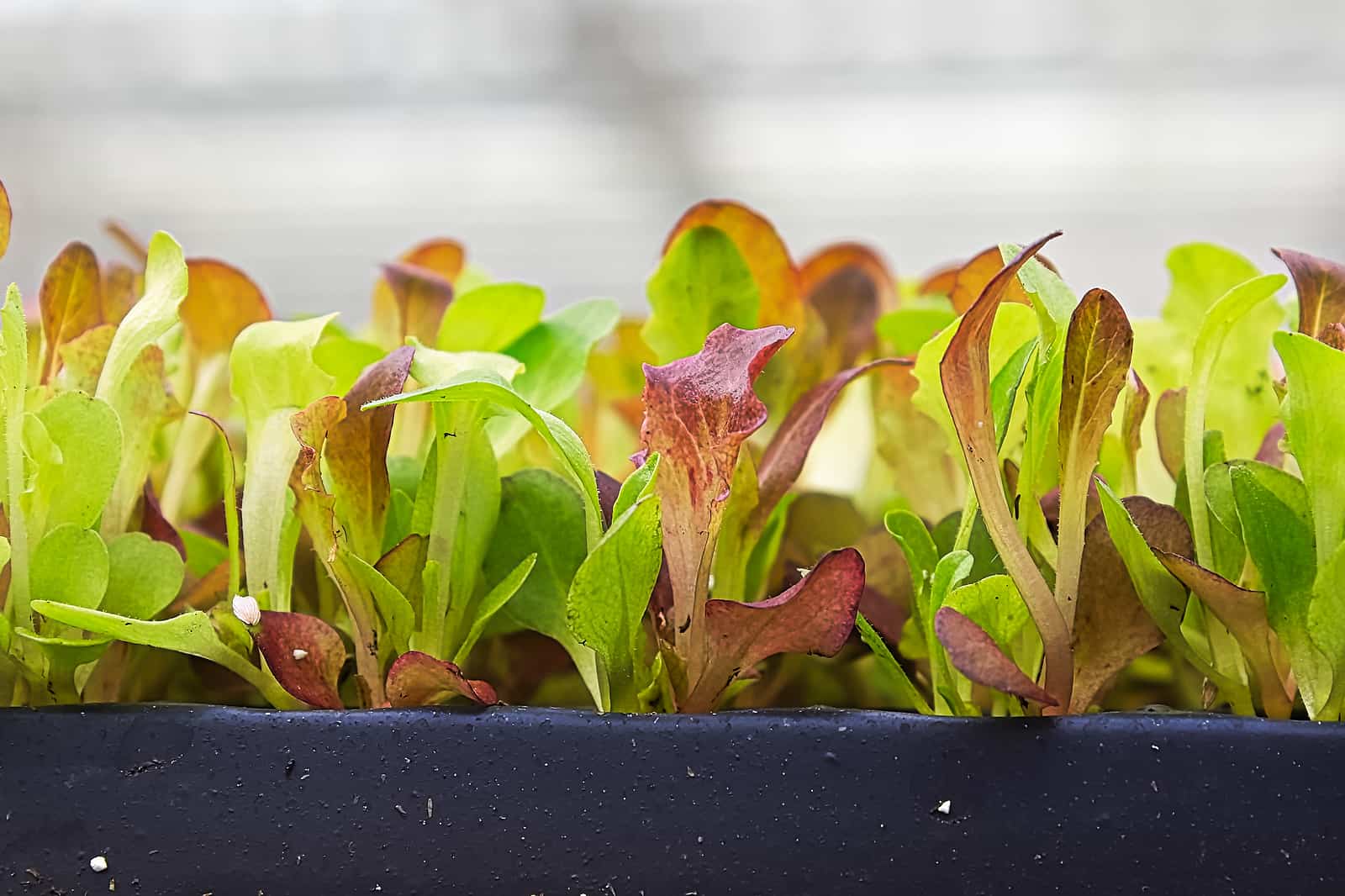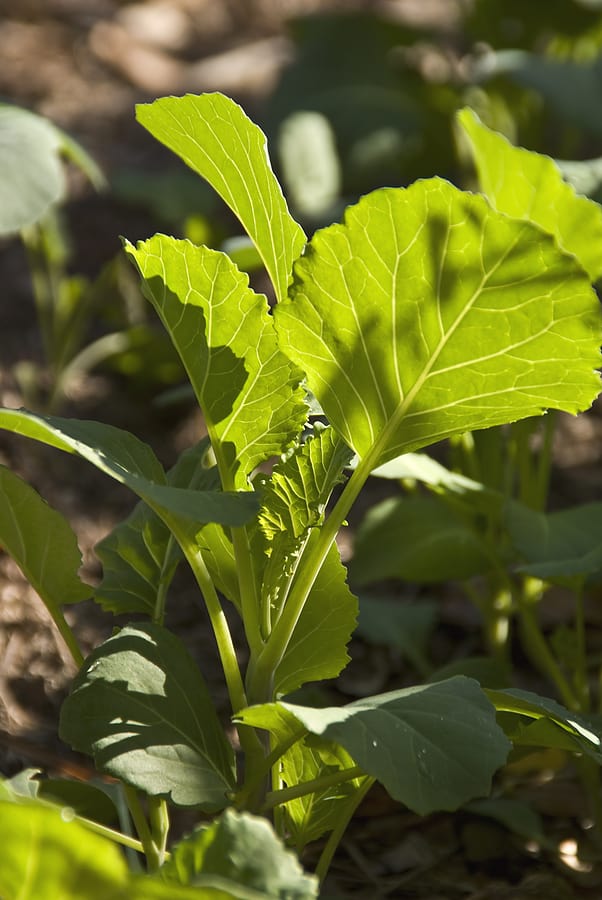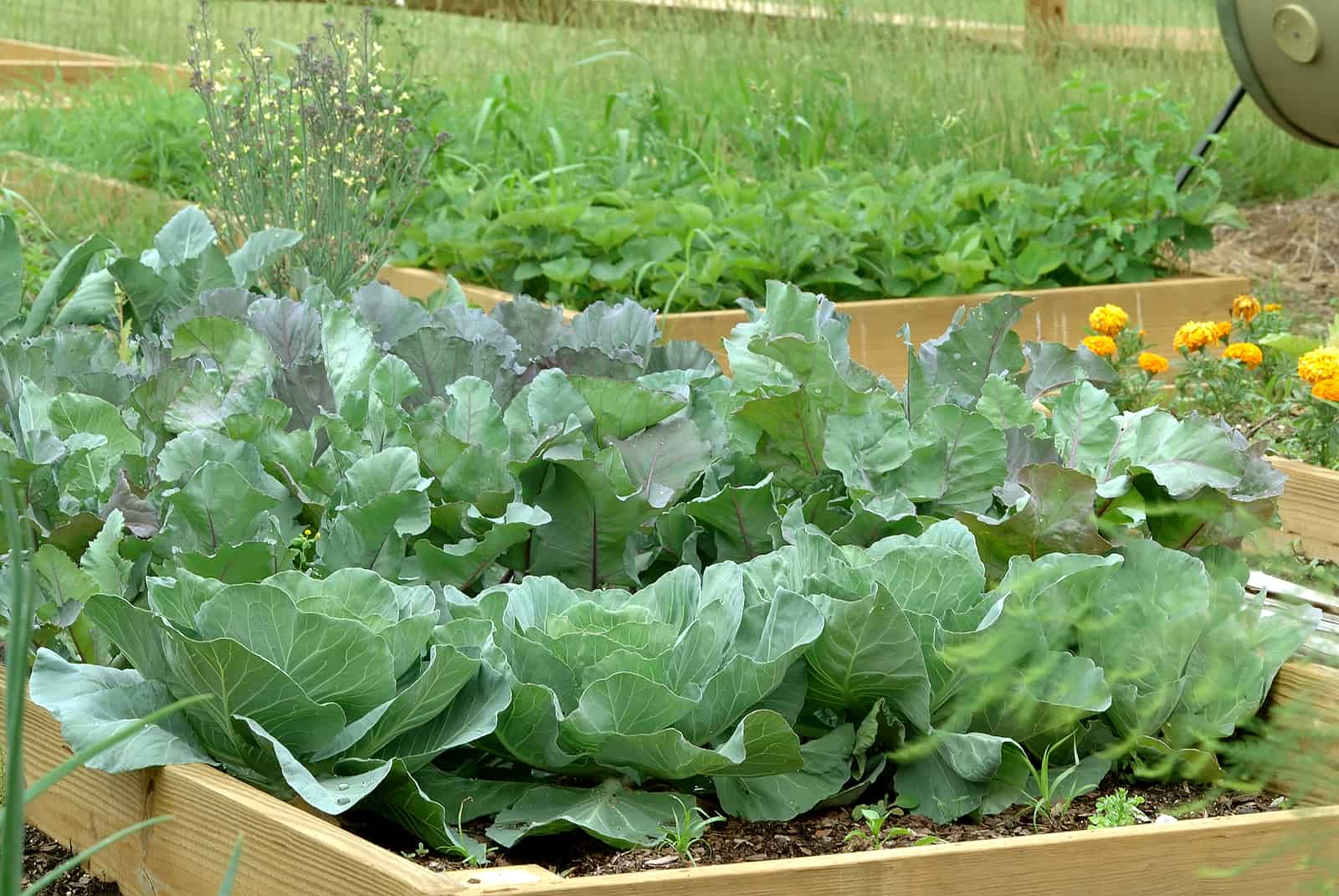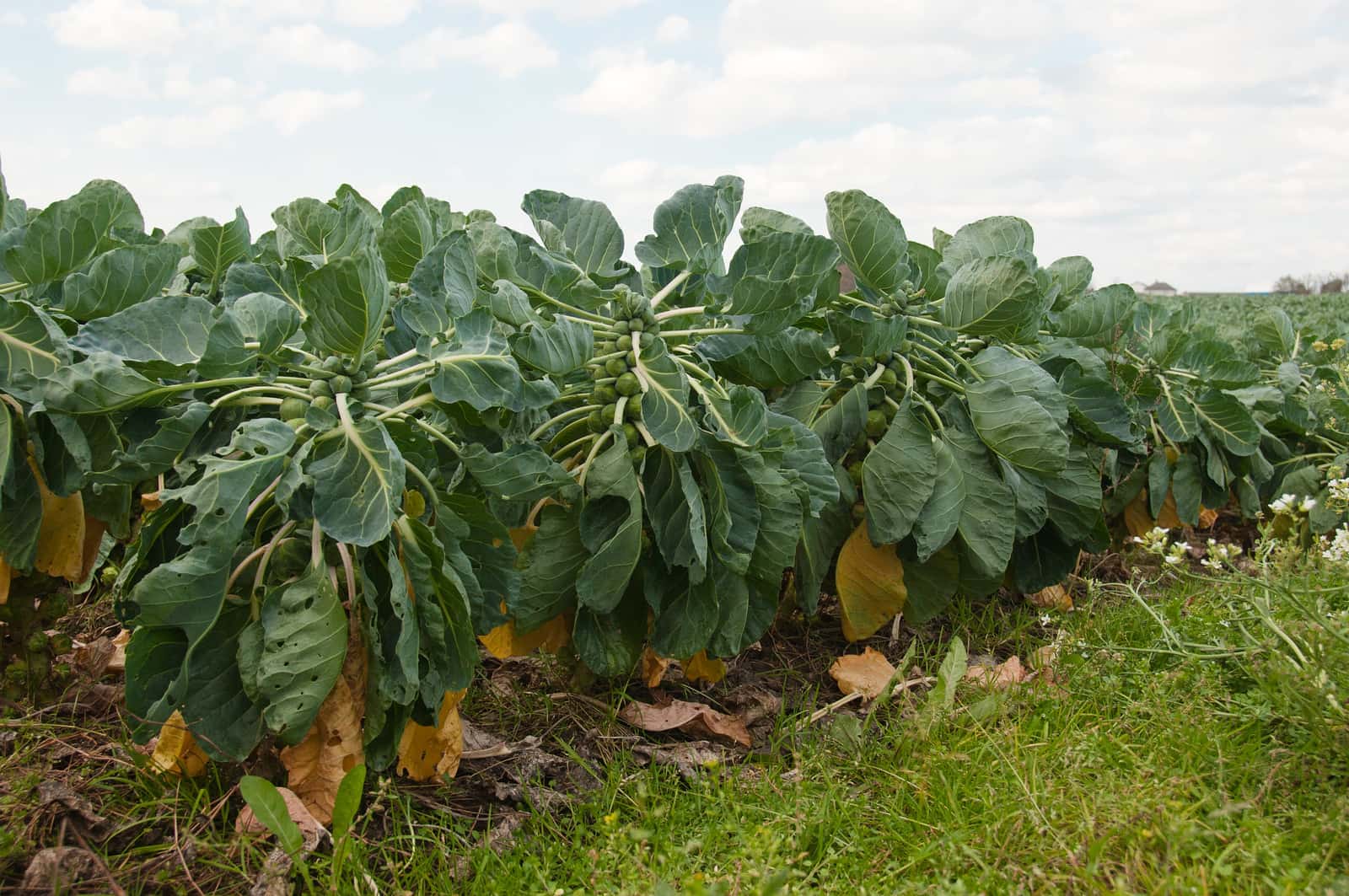Leaf Vegetables
Latest stories
More stories
-
How to Plant, Grow, and Harvest Welsh Onions
Welsh onions are easy to grow. They are cool-season crops. They are best planted in spring or autumn. Welsh onions are mild-flavored members of the onion family. They can be added raw to salads and soups. They can be stir-fried and sauteed and served with beef or chicken. They can be used as garnish. Welsh […] More
-
How to Plant and Grow Spinach
Plant spinach in cool weather. It is well suited for the spring and autumn gardens. Plant spinach before the weather warms in spring and again as the weather cools in early autumn. (When days lengthen in late spring and the weather becomes dry and hot, spinach bolts and stops making new leaves.) Spinach can be […] More
-
Six Ways to Cook and Serve Spinach
Spinach has just the right balance of flavor—sharp and hearty but not overpowering. It is equally versatile raw or cooked. There are two main types of spinach: flat-leafed and savoy or crinkle-leafed. The more tender and mild tasting of the two is flat-leafed especially the baby varieties. Savoy spinach has a stronger flavor with a […] More
-
How to Plant, Grow, and Harvest New Zealand Spinach
New Zealand spinach is a perennial grown as a warm-weather annual. Plant New Zealand spinach in the warm part of the year when regular spinach will not grow. The two plants are not related but can be used fresh or cooked in the same way. New Zealand spinach is a warm-season leafy green that should […] More
-
How to Plant, Grow, and Harvest Malabar Spinach
Malabar spinach is a warm-season leafy crop that can be used as a hot-weather substitute for spinach and lettuce. You can follow an early spring crop of spinach or lettuce with a planting of Malabar spinach. Malabar spinach is a vining plant with thick, succulent, edible leaves. It is often compared to spinach, but it […] More
-
How to Grow a Salad Garden of Leafy Greens in Winter
Growing a salad in the winter garden is a rewarding way to enjoy fresh, crisp greens even during the colder months. Choose hardy, cool-weather crops like lettuce, spinach, arugula, and kale, which can withstand light frosts and thrive in lower temperatures. Plant these leafy greens in raised beds, cold frames, or containers filled with rich, […] More
-
Asian Greens: Varieties and Growing Tips for the Home Garden
Asian greens are a diverse group of leafy vegetables that originate from East and Southeast Asia. Known for their distinct flavors, versatility, and nutritional benefits, these greens are widely used in Asian cuisine, including salads, soups, stir-fries, and pickles. Many Asian greens are also cool-weather crops, making them suitable for fall and spring gardening in […] More
-
How to Plant and Grow Swiss Chard
Swiss chard is a member of the beet family grown for its rosette of large, crinkly green leaves on thick red, white, or rainbow stalks. Plants can grow to 16 inches tall and leaves and stalks can be harvested several times over the course of a season on a cut-and-come-again schedule. Swiss chard can be […] More
-
How to Plant and Grow Lettuce
Lettuce grows best in cool weather and sunny locations. Spring, mid-summer, and early fall are the times of year to plant lettuce, but you can grow lettuce in the summer even in warm regions if you choose heat-tolerant and bolt-resistant varieties. There are lettuce cultivars that are ready for picking in 45 days and others […] More
-
How to Plant and Grow Collards
Collards–also called collard greens–is a tall growing form of kale whose coarse leaves borne in tufts are eaten like greens. Collards are a cool season crop but they can stand more hot weather than cabbage or ordinary kale, and so are consequently grown in the South. Georgia collards are the standard variety grown mostly in […] More
-
How to Plant and Grow Cabbage
Cabbage is a cool-weather crop. Grow cabbage in spring so that it comes to harvest before the summer heat or start cabbage in mid to late summer so that it comes to harvest during the cool days of autumn, winter, or early spring. Cabbages will grow in most soils. They prefer short days and cool […] More
-
How to Plant and Grow Brussels Sprouts
Brussels sprouts are best grown in cool weather, usually in early spring or autumn. Sprouts require from 80 to 110 days with daylight temperatures below 80ºF (27ºC) and nighttime temperatures even lower. Brussels sprouts are frost hardy and will tolerate temperatures as low as 20ºF. A frost will sweeten the flavor of Brussels sprouts. Temperatures […] More

